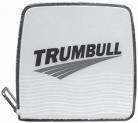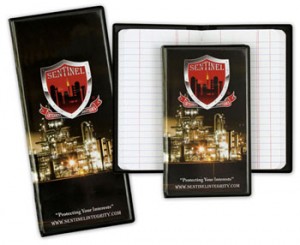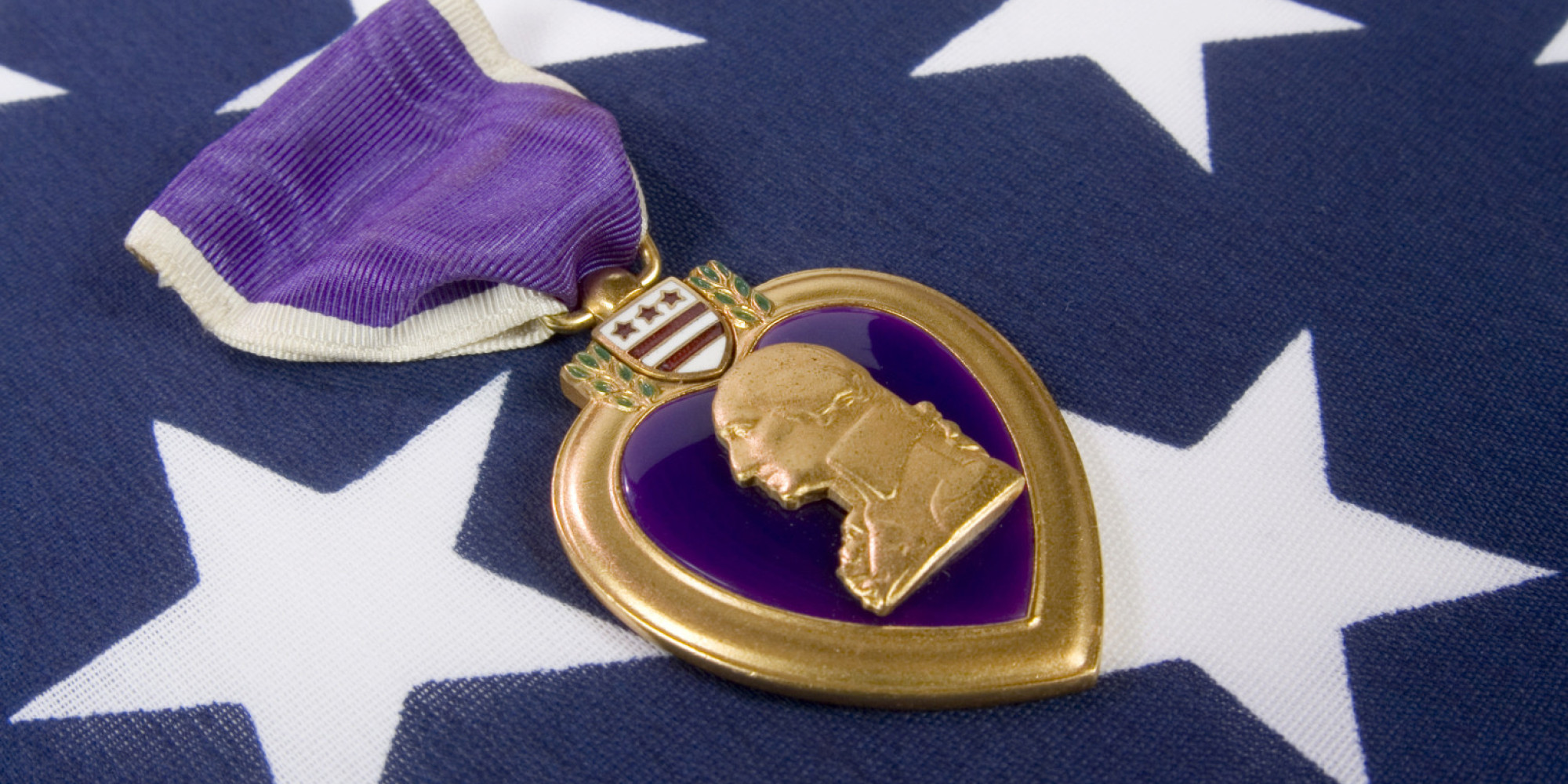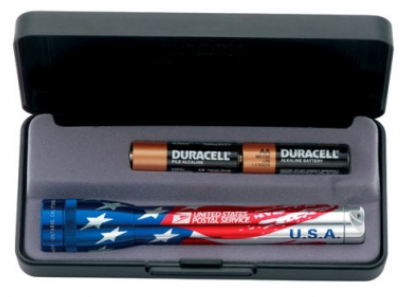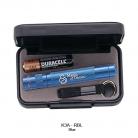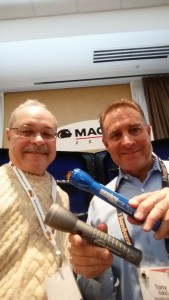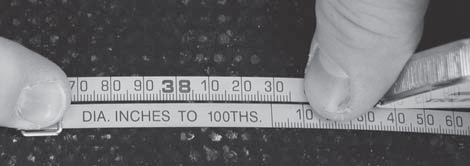The select few people that need to use a diameter tape measure have questions before they order. Here are the top 10:

- How soon can we have them? 2 to 3 weeks is the production time.
- Can you print our logo in full color? Yes.
- What kind of art file do you need? .eps and .ai files are the best art files. If you don’t have those, just give us a high resolution art file, and we can convert it.
- Will the imprint last forever? Yes
- Where is it made? The vinyl labels are made in the USA, and the tapes are made in Mexico or China.
- Is the case strong? Yes. It is very strong.
- Is the zero mark at the very end of the tape? The zero mark on a diameter tape needs to be away from the end, for easy use.
- Can you print on both sides of the case? Yes, but only on some brands.
- How big of a pipe can you measure? That depends on the brand of tape. Some are 23″. Some go as high as 38″ diameter.
- Does it come in a gift box? Yes. Each brand has a different type of box.

